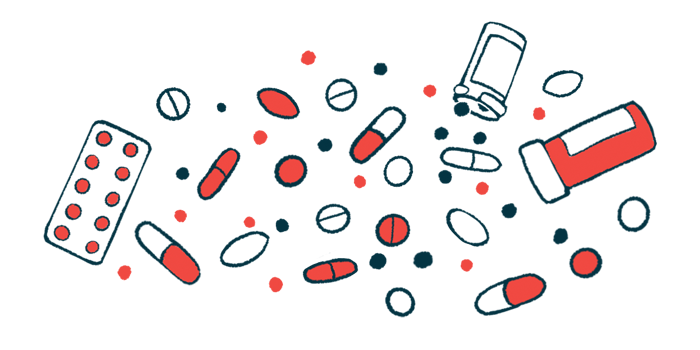No Disease Activity for 58% of Those on Aubagio After 2 Years: Study
Written by |

More than half of the people with multiple sclerosis (MS) treated with Aubagio (teriflunomide) showed no evidence of disease activity after two years on treatment, according to a study in Italy.
The study, “Evolution of teriflunomide use in multiple sclerosis: A real-world experience,” was published in the Journal of the Neurological Sciences.
Aubagio is an oral disease-modifying therapy that’s been approved since 2013 in the European Union to treat adults with relapsing-remitting MS. It’s marketed by Sanofi, which was not involved in the present study.
Scientists at the University of Cagliari analyzed patients who started treatment with Aubagio at their clinic between 2016 and 2020. The analysis included data for 319 patients — about two-thirds were women, and the average age was in the late 40s.
Most of the patients (79%) had switched to Aubagio from a different MS treatment, while the remaining 21% were treatment-naïve, meaning Aubagio was the first MS therapy they had tried.
By the end of 2020, 240 (75.2%) of the patients were still being treated with Aubagio after a median follow-up time of nearly four years (45.7 months). Among those who stopped taking Aubagio, the median treatment duration was just under two years, and just over a third (35.4%) cited a lack of effectiveness as the reason for stopping.
Efficacy data was available for 204 patients who had taken Aubagio for at least two years. Of these, more than half (58.8%) showed no evidence of disease activity (NEDA) over two years, meaning they had no relapses, no worsening disability, and no signs of new inflammatory damage on MRI scans. NEDA was also achieved by more than half of the patients (56.8%) who remained on the treatment for three years.
The likelihood of NEDA at two years was highest for those who were younger and those who had milder disability scores and fewer relapses before starting Aubagio, statistical analyses showed.
“Our study found that age and level of disability were confirmed as factors influencing treatment response, in line with current literature data indicating that ‘early is better than late treatment, but late is better than never,'” the researchers wrote.
Analyses also showed the demographics of patients starting on Aubagio changed somewhat over the five years of the study. Specifically, the researchers noted that the proportion of treatment-naïve patients increased from about 10% in 2016 to roughly 30% in 2020.
The proportion of patients who were women under age 45 — so-called “childbearing age” — also increased, from about 20% in 2016 to about 30% in 2020. Aubagio is not recommended for use in pregnancy, and it’s recommended that anyone who could become pregnant use effective contraception while on the treatment. The researchers noted that 82.3% of the women under 45 in this study already had children before starting Aubagio.
“[Aubagio] use has progressively increased in clinical practice, particularly for naïve patients and young women, after an adequate shared decision-making process with the treating neurologist and with adequate contraception,” the researchers concluded.





